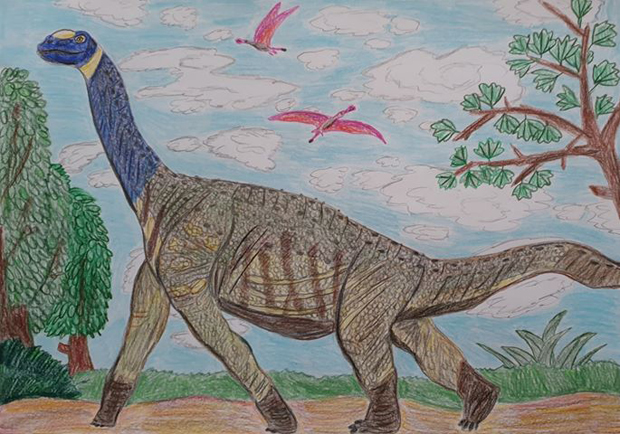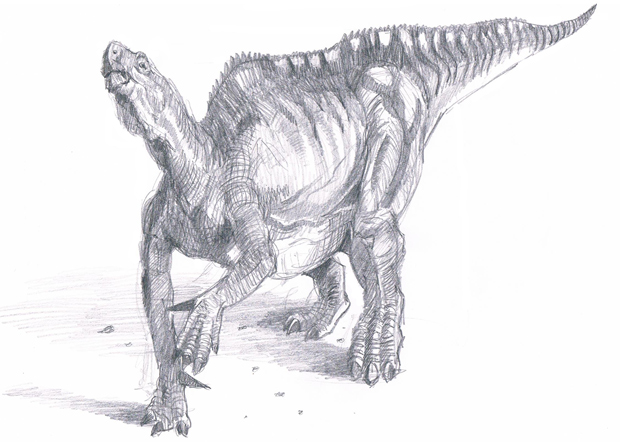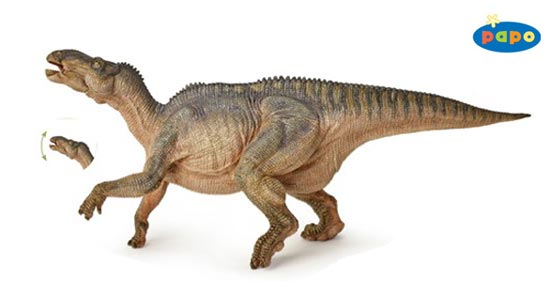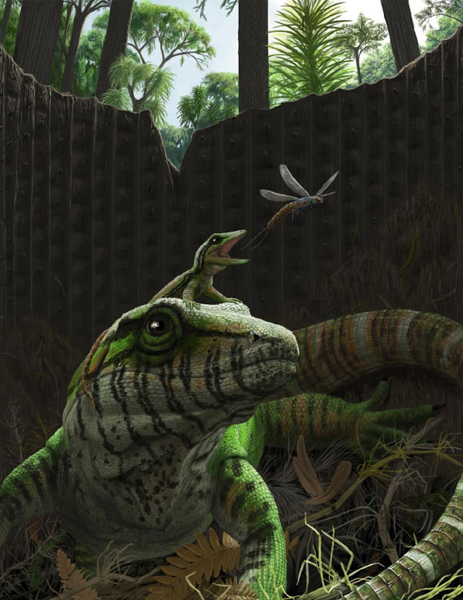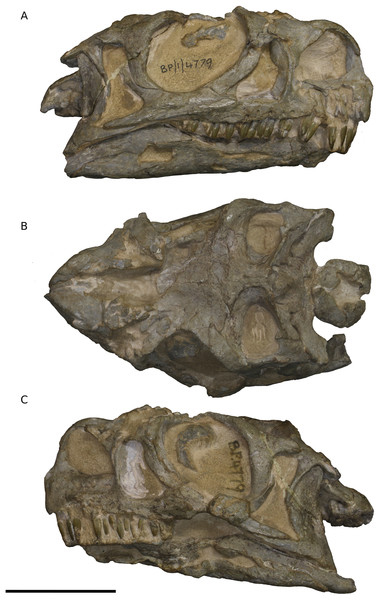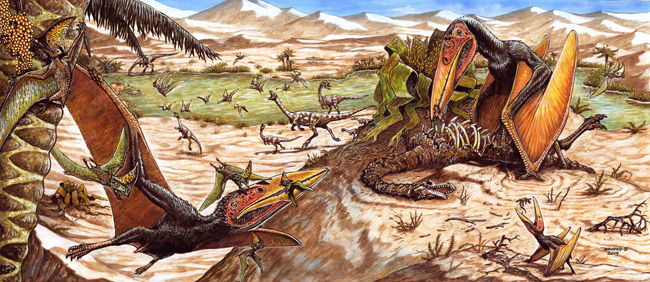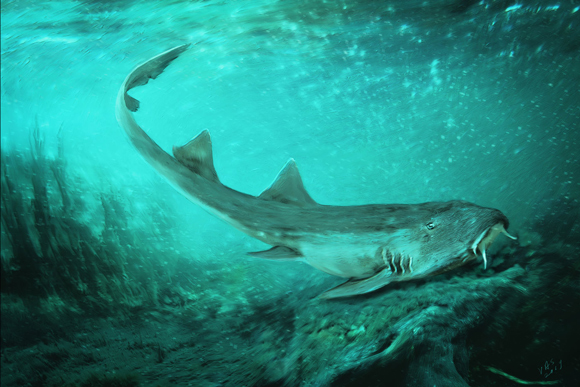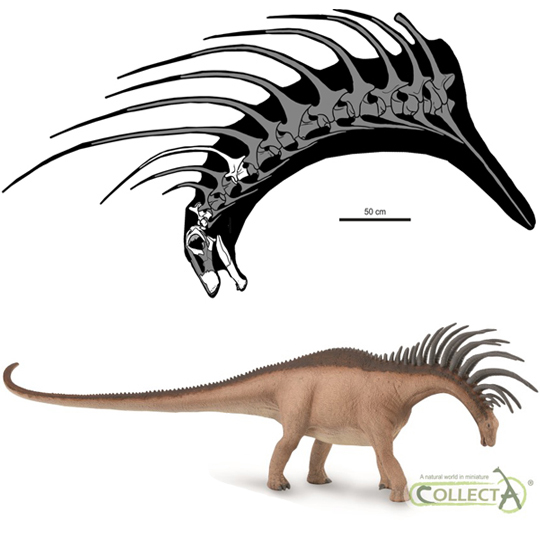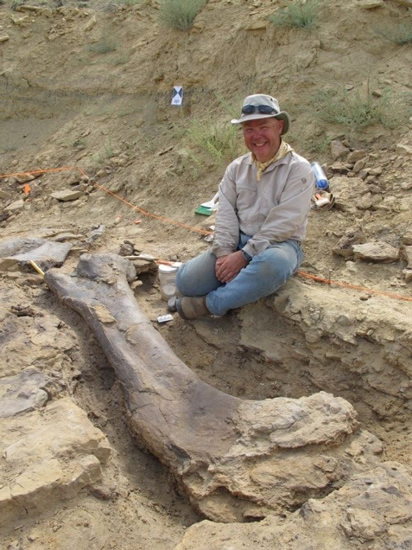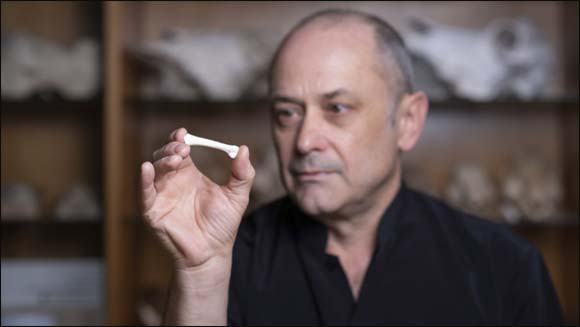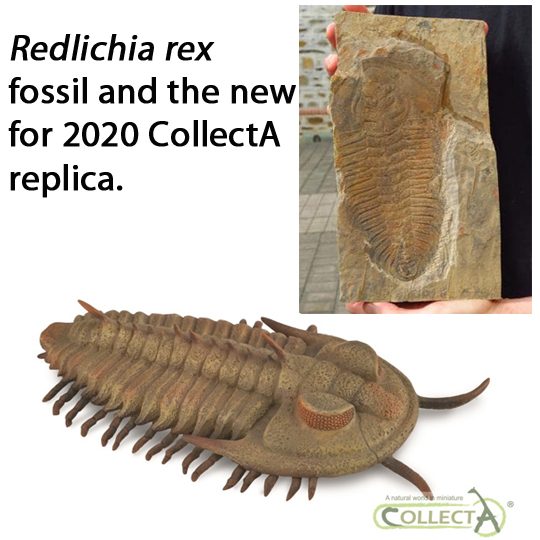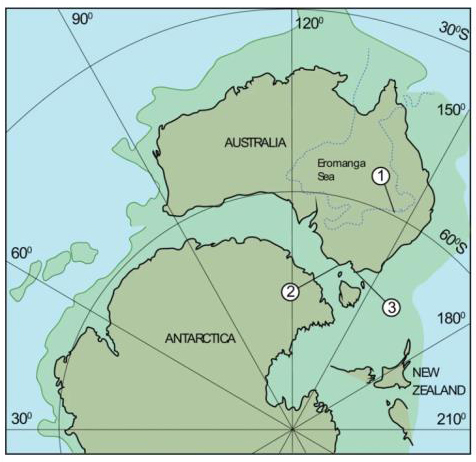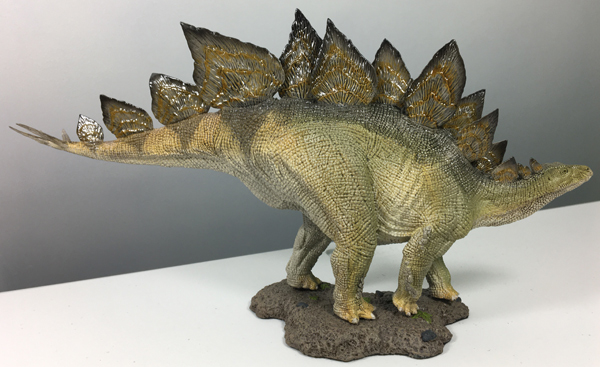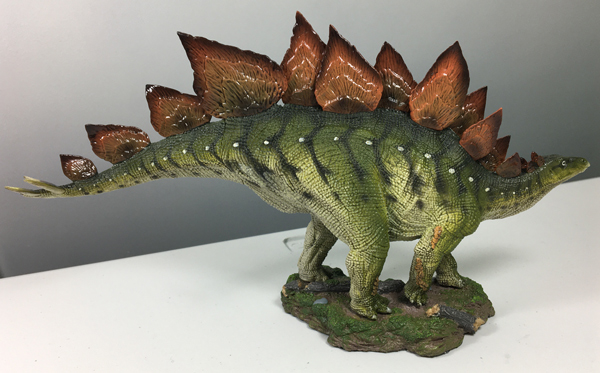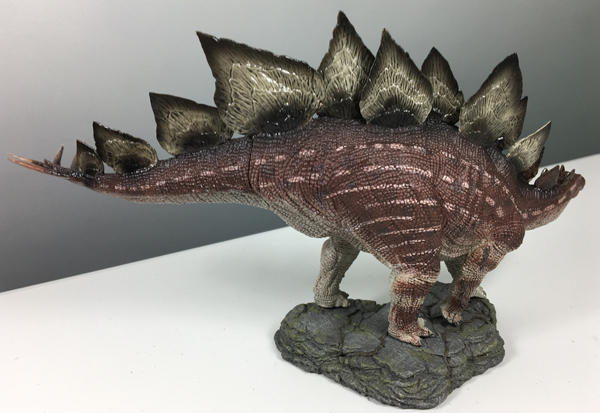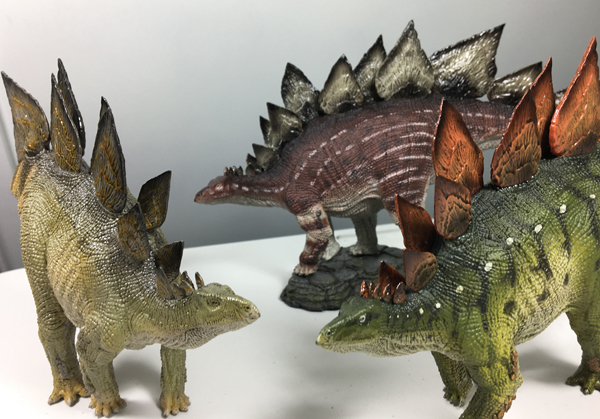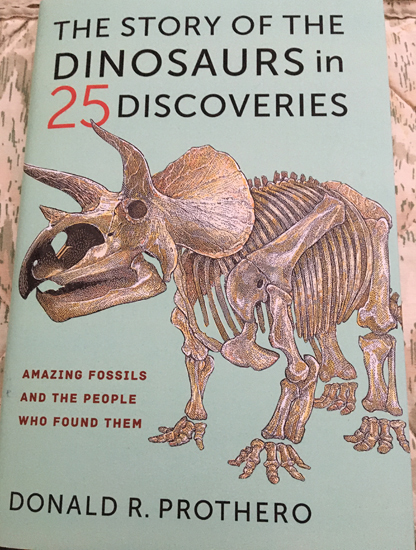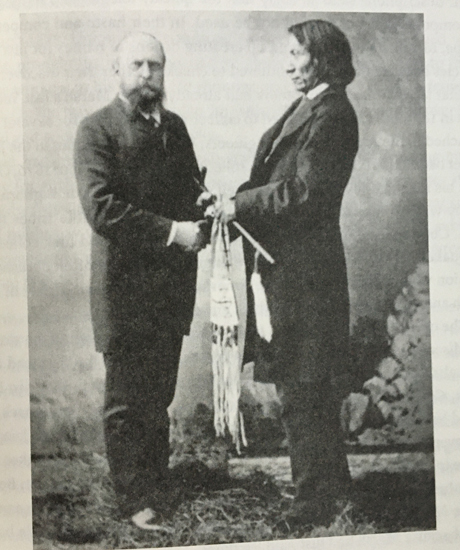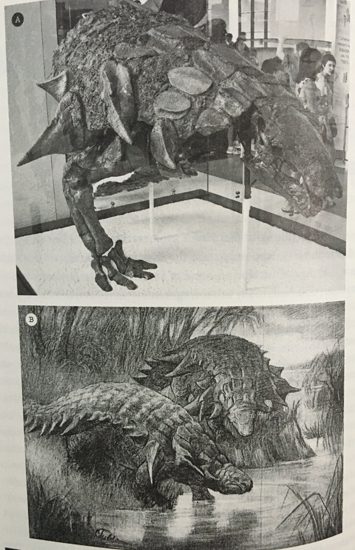Excellent Customer Service Recognised
Maintaining the Feefo Gold Trusted Service Award for 2019
Everything Dinosaur has continued to maintain its very high customer service standards throughout the whole of the festive period. Furthermore, the UK-based dinosaur themed company has maintained the Feefo Gold Trusted Service award throughout the whole of 2019. The company has been awarded the highest accolade by Feefo, the independent ratings company for the last three years.
Everything Dinosaur Has Maintained the Highest Standards of Customer Service Throughout 2019

Picture credit: Everything Dinosaur
Everything Dinosaur Receives Hundreds of Reviews
There are hundreds of customer reviews on the Everything Dinosaur website. Every single one of them has been independently verified by Feefo.
Some examples of recent customer reviews for Everything Dinosaur:
Rustam from Azerbaijan wrote:
“I would definitely recommend them and continue purchasing the models and other prehistoric accessories from Everything Dinosaur.”
Basit Ali (Qatar), stated:
“Everything Dinosaur is one of the best things that ever happened in my life. I came here late but I think to me personally their customer service is nearly unbeatable as not even once I have regretted my purchase from them. I highly recommend shopping with these guys, you do it once and you’ll come again yourself.
Thank you, Everything Dinosaur!”
Everything Dinosaur Committed to Maintaining Customer Service Excellence
Picture credit: Everything Dinosaur
Customer Reviews
Donovan from Canada provided a review about our delivery of the limited edition Papo Spinosaurus model:
“Great service all around and they always make it easy to get what you like. Did an amazing job with Papo limited Spinosaurus and getting figure to me in great time and boxed up so nothing could happen to it on its travels.”
Our customers in the UK think a lot about us too.
Recently, we received a review from Abigail she wrote to say:
“I have bought from this website twice now and their customer service is excellent. Speedy delivery and items arrived in perfect condition. The information sheets are a welcome bonus, making the dinosaurs brilliant presents for the dinosaur enthusiasts in my life! I have emailed queries and spoken to them on the phone and in both situations my questions were answered politely, quickly and fully. I have no complaints at all.”
In her 5-star review Courtney stated:
“Fantastic service as always – went above and beyond in fulfilling my order.”
Writing about his purchase of the CollectA Hydrotherosaurus dinosaur model Raymond commented:
“Excellent item, service, and value. Fully recommended to all.”
Top Marks for Everything Dinosaur

Picture credit: Everything Dinosaur
2020 – A New Service Challenge (Platinum Trusted Service Award from Feefo)
With Everything Dinosaur, every day is all about delivering top-notch customer service. Since we signed up with Feefo we have been consistently one of the highest rated of all their clients. As a result of the endeavours of businesses like us, Feefo have decided to introduce a very special award which recognises consistently high levels of customer service. The Platinum Trusted Service award is due to be launched next year and Everything Dinosaur is hotly tipped to be amongst the first organisations in the world to be awarded this accolade.
The Platinum Trusted Service award recognises those businesses that go above and beyond to provide a consistently excellent service and dedicate themselves to acing their customer experience year after year. We hope to post up news of this award in the near future.
A spokesperson from Everything Dinosaur commented:
“We appreciate that this time of year can be a stressful time for shoppers, we have continued to maintain our customer service and support channels and we have done all we can to help and assist our customers. Our work is reflected in our consistently high customer service rating. We are truly proud and humbled to have received such praise and positive feedback from our customers over many years.”
To see what all the fuss is about, Everything Dinosaur’s Feefo reviews can be found on the company website here: Everything Dinosaur’s website.



